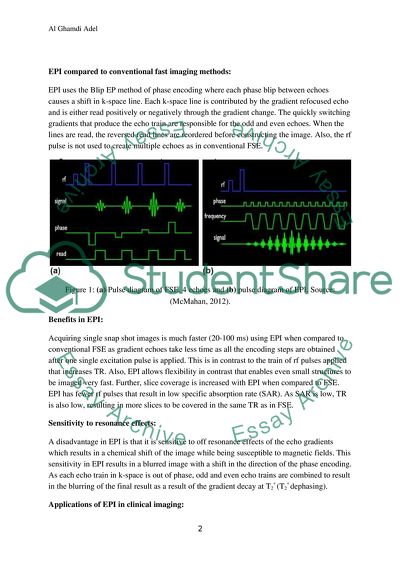Cite this document
(BLIP Echo Planar Imaging Method Report Example | Topics and Well Written Essays - 2500 words, n.d.)
BLIP Echo Planar Imaging Method Report Example | Topics and Well Written Essays - 2500 words. https://studentshare.org/physics/1768858-mres-7005-fast-imaging-techniques-epi-echo-planar-imaging
BLIP Echo Planar Imaging Method Report Example | Topics and Well Written Essays - 2500 words. https://studentshare.org/physics/1768858-mres-7005-fast-imaging-techniques-epi-echo-planar-imaging
(BLIP Echo Planar Imaging Method Report Example | Topics and Well Written Essays - 2500 Words)
BLIP Echo Planar Imaging Method Report Example | Topics and Well Written Essays - 2500 Words. https://studentshare.org/physics/1768858-mres-7005-fast-imaging-techniques-epi-echo-planar-imaging.
BLIP Echo Planar Imaging Method Report Example | Topics and Well Written Essays - 2500 Words. https://studentshare.org/physics/1768858-mres-7005-fast-imaging-techniques-epi-echo-planar-imaging.
“BLIP Echo Planar Imaging Method Report Example | Topics and Well Written Essays - 2500 Words”. https://studentshare.org/physics/1768858-mres-7005-fast-imaging-techniques-epi-echo-planar-imaging.


